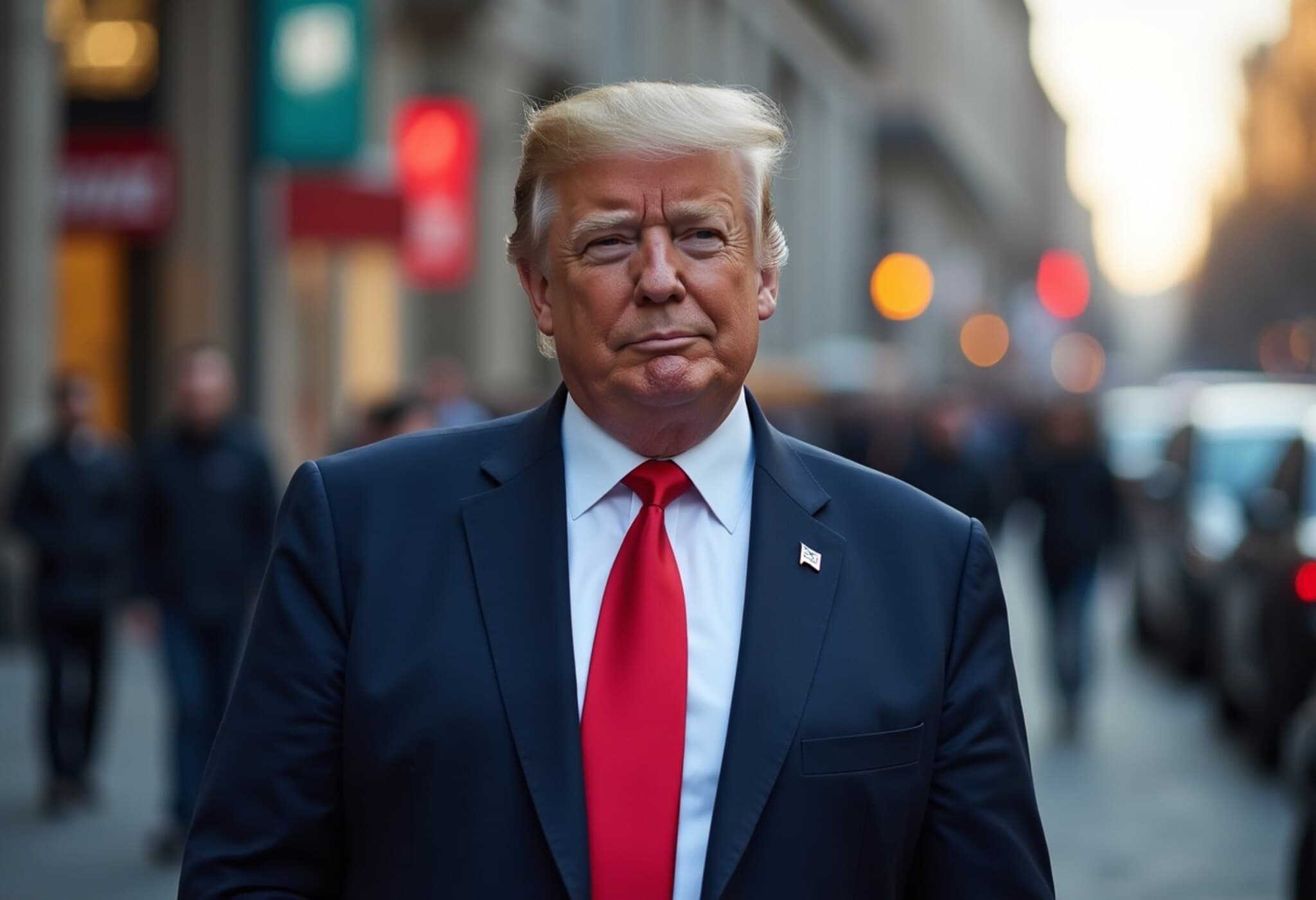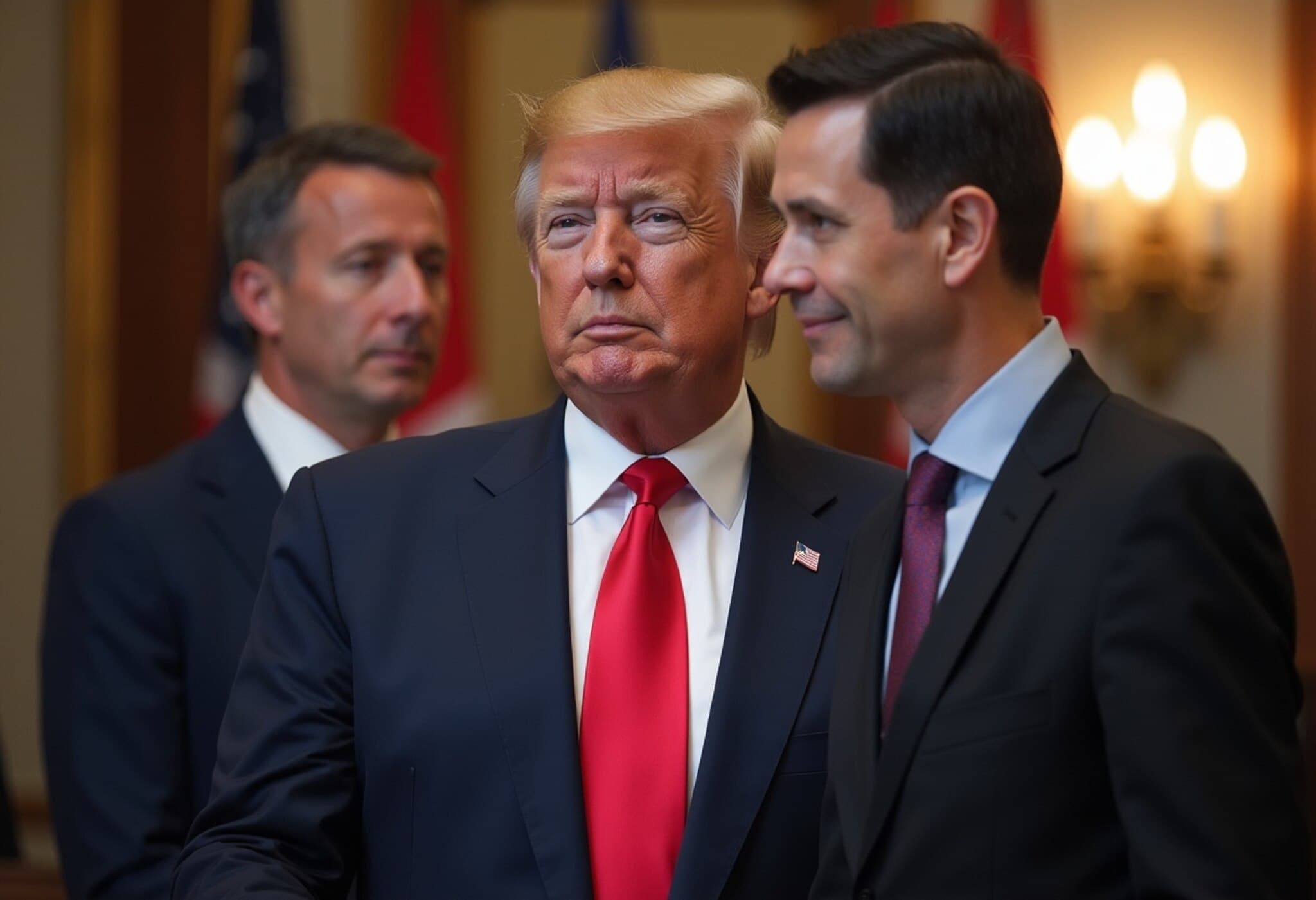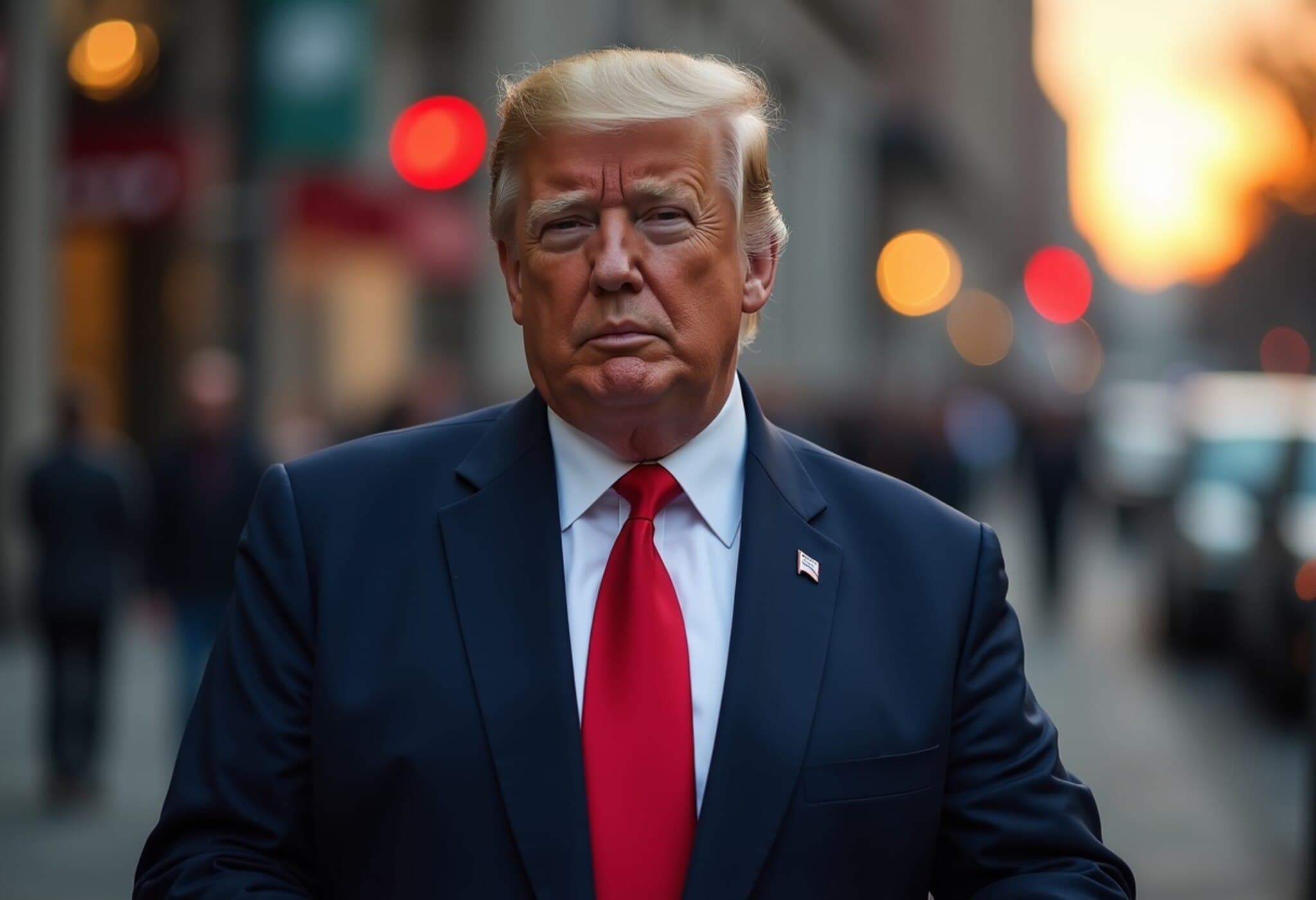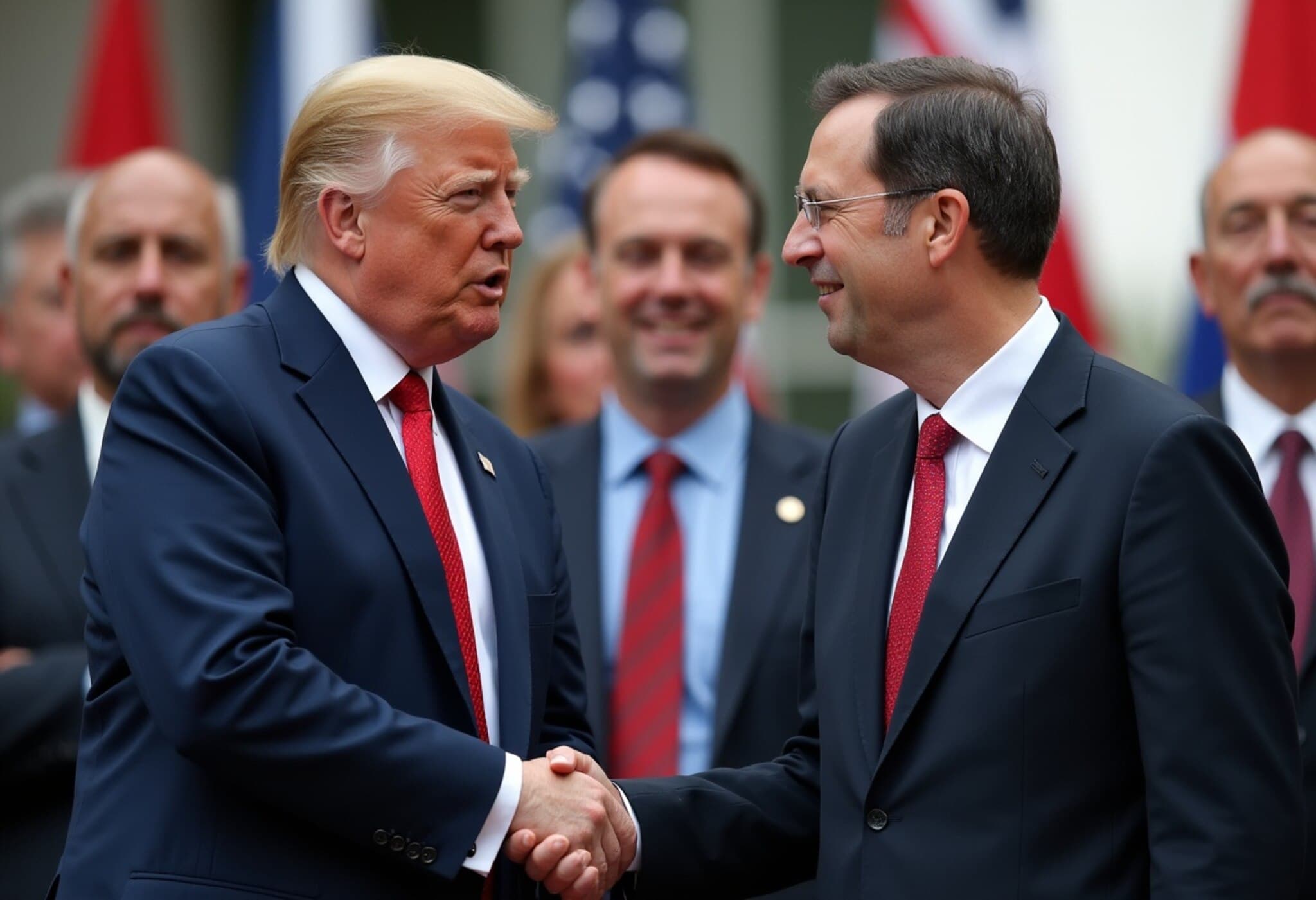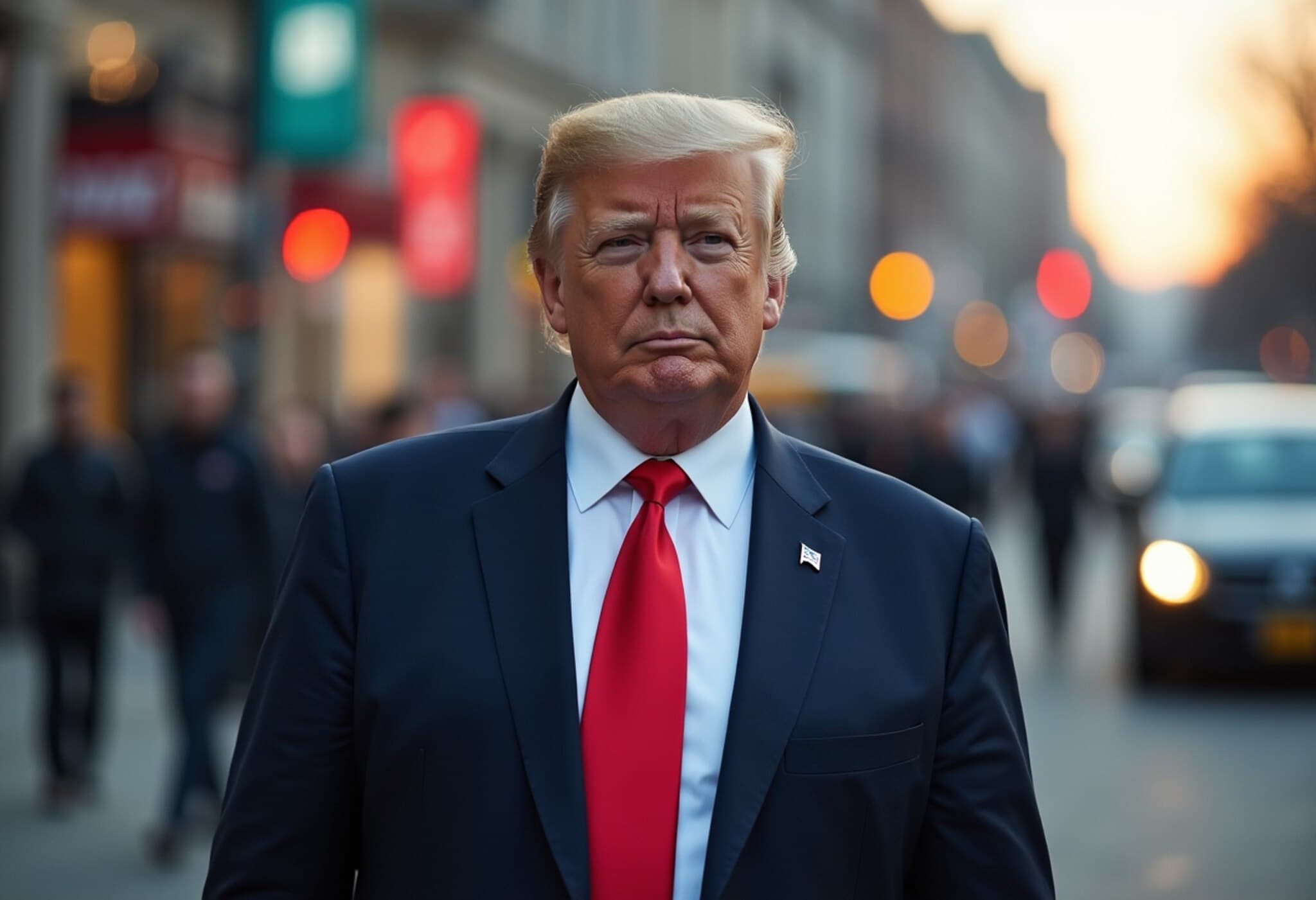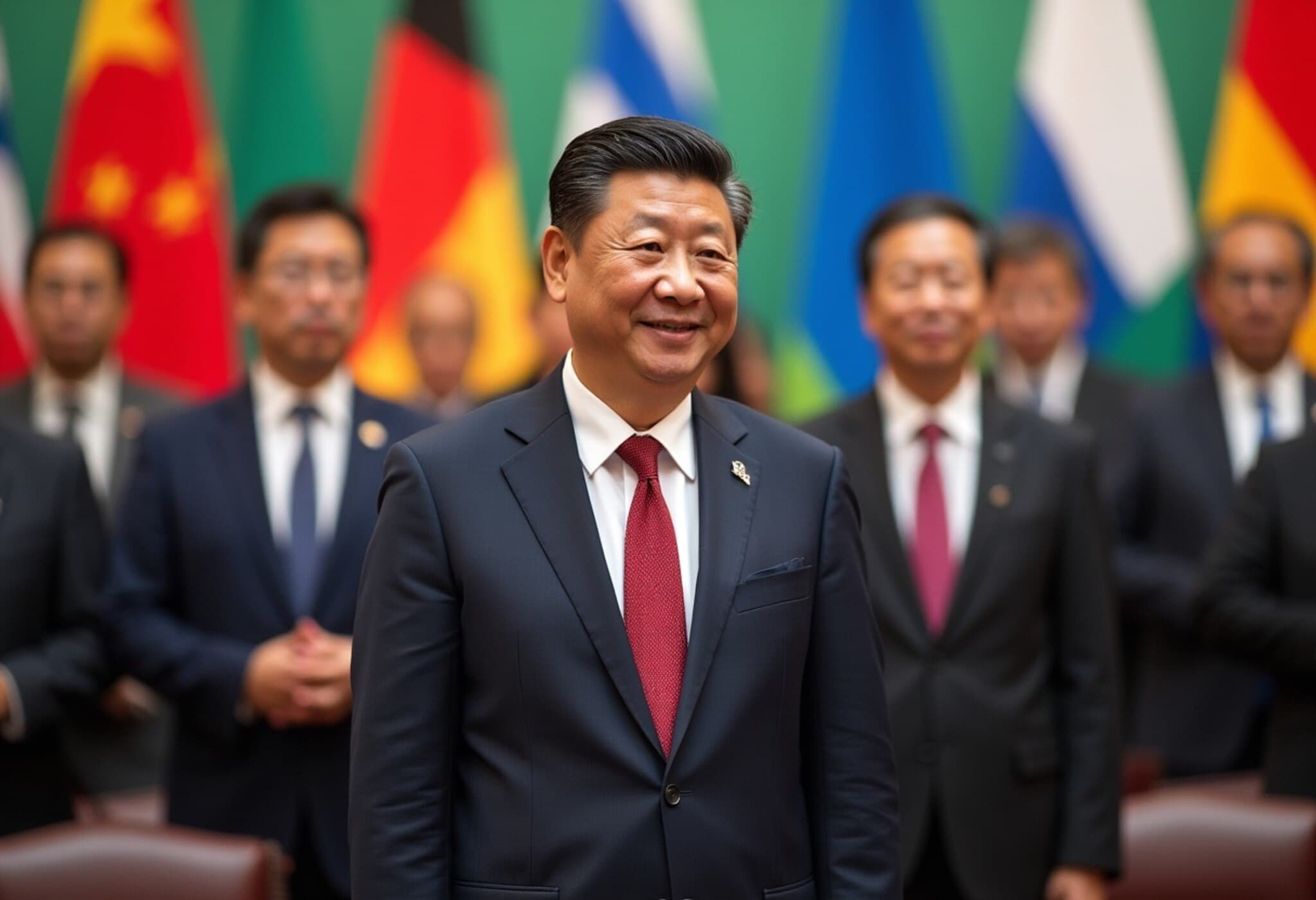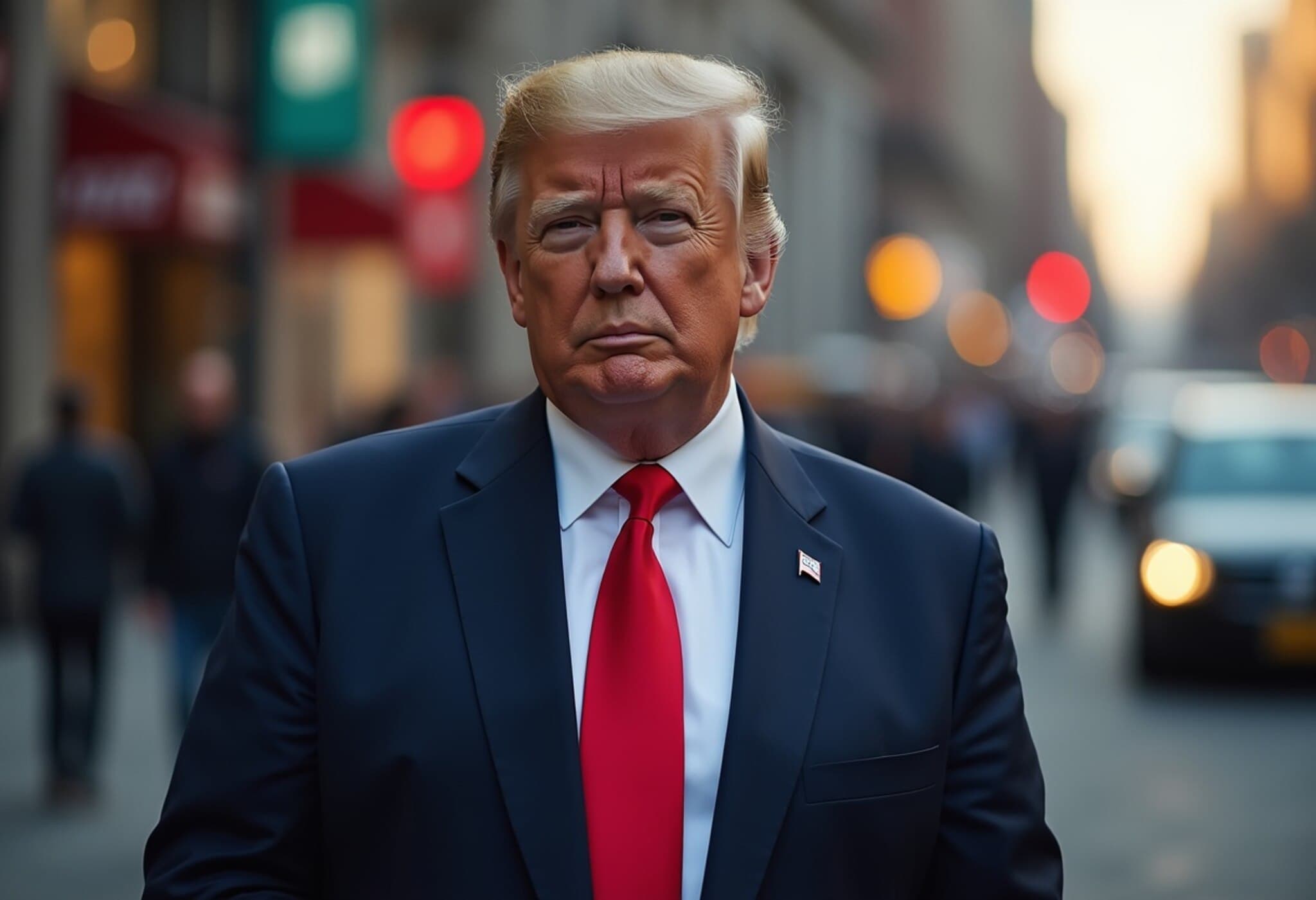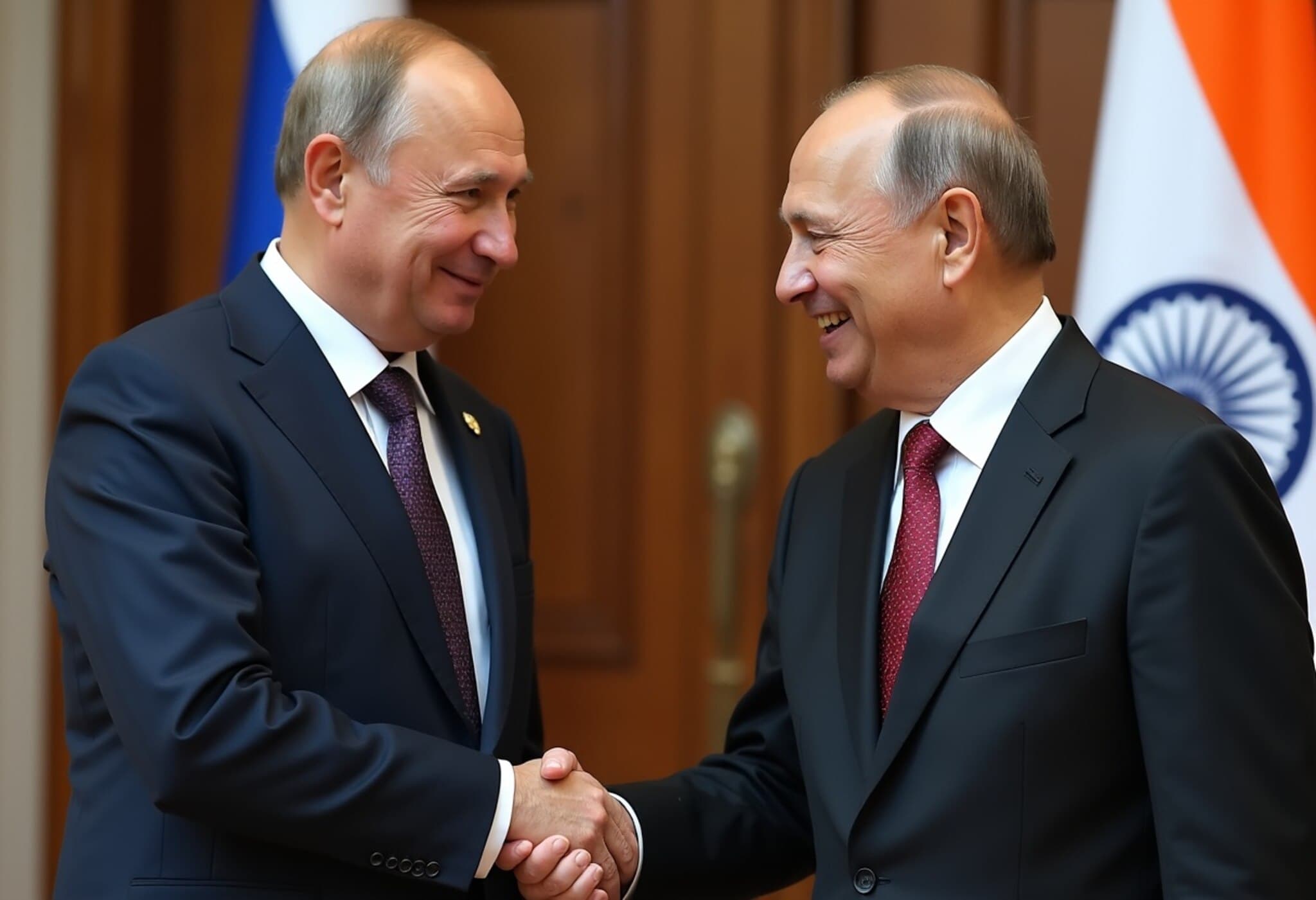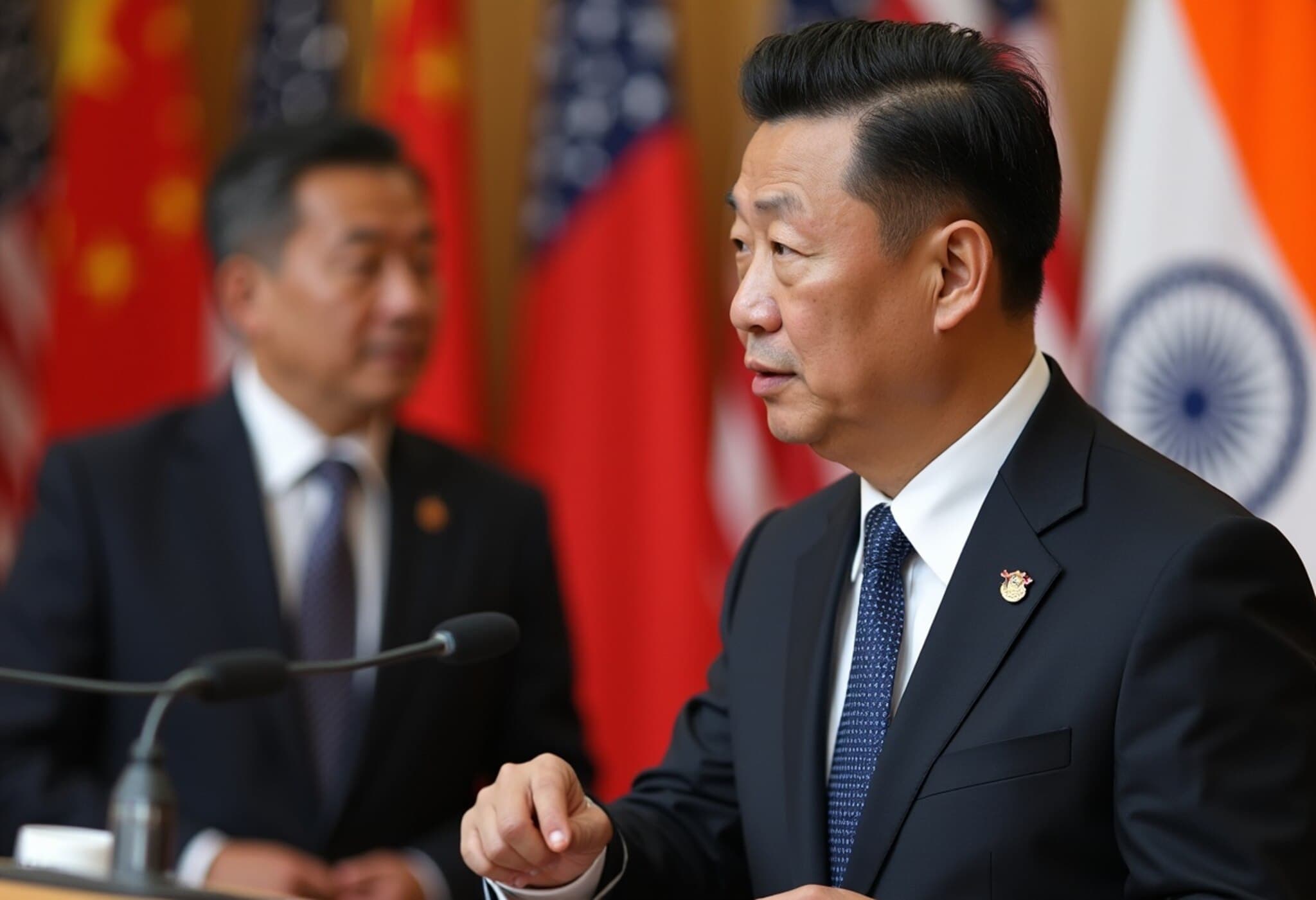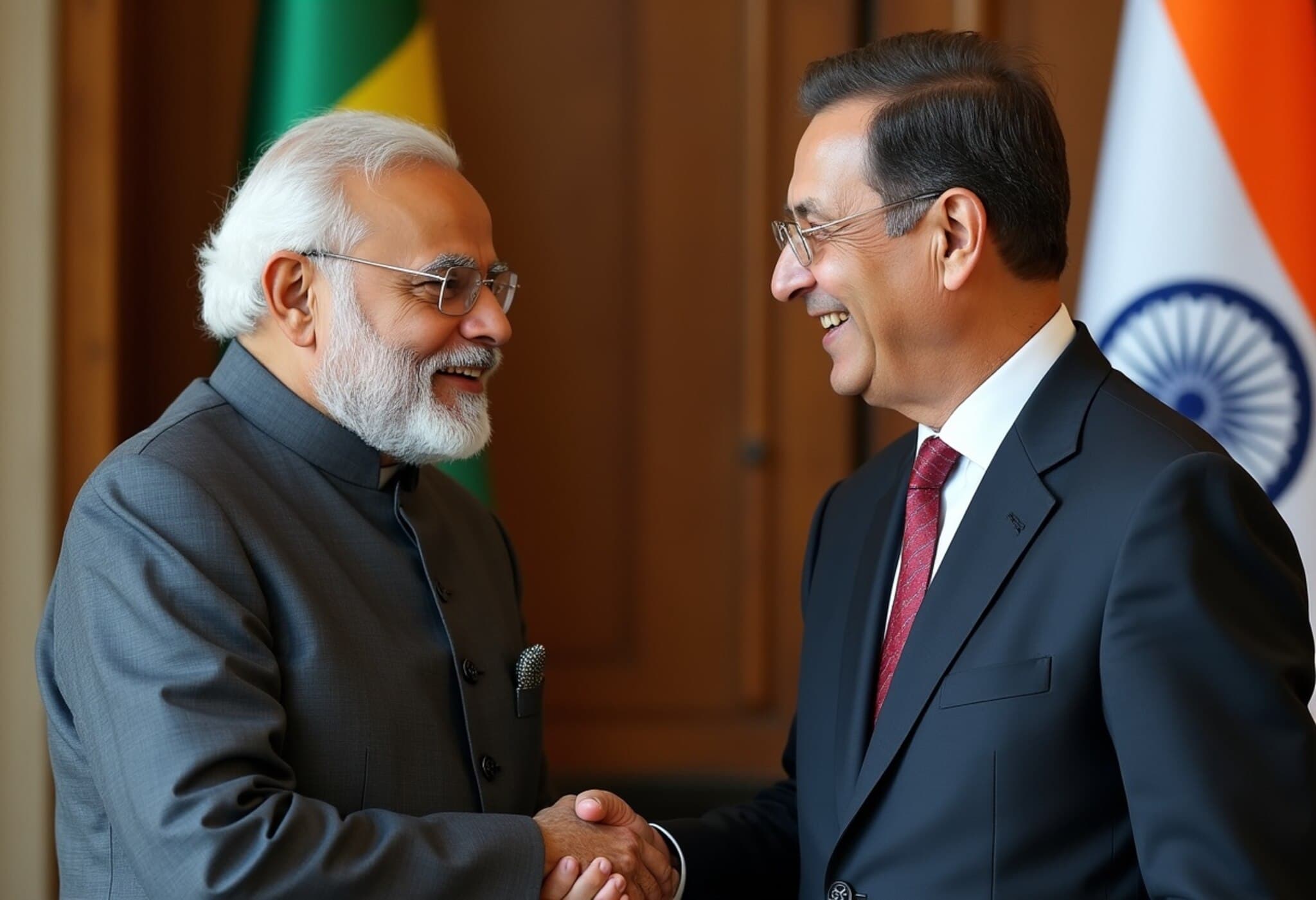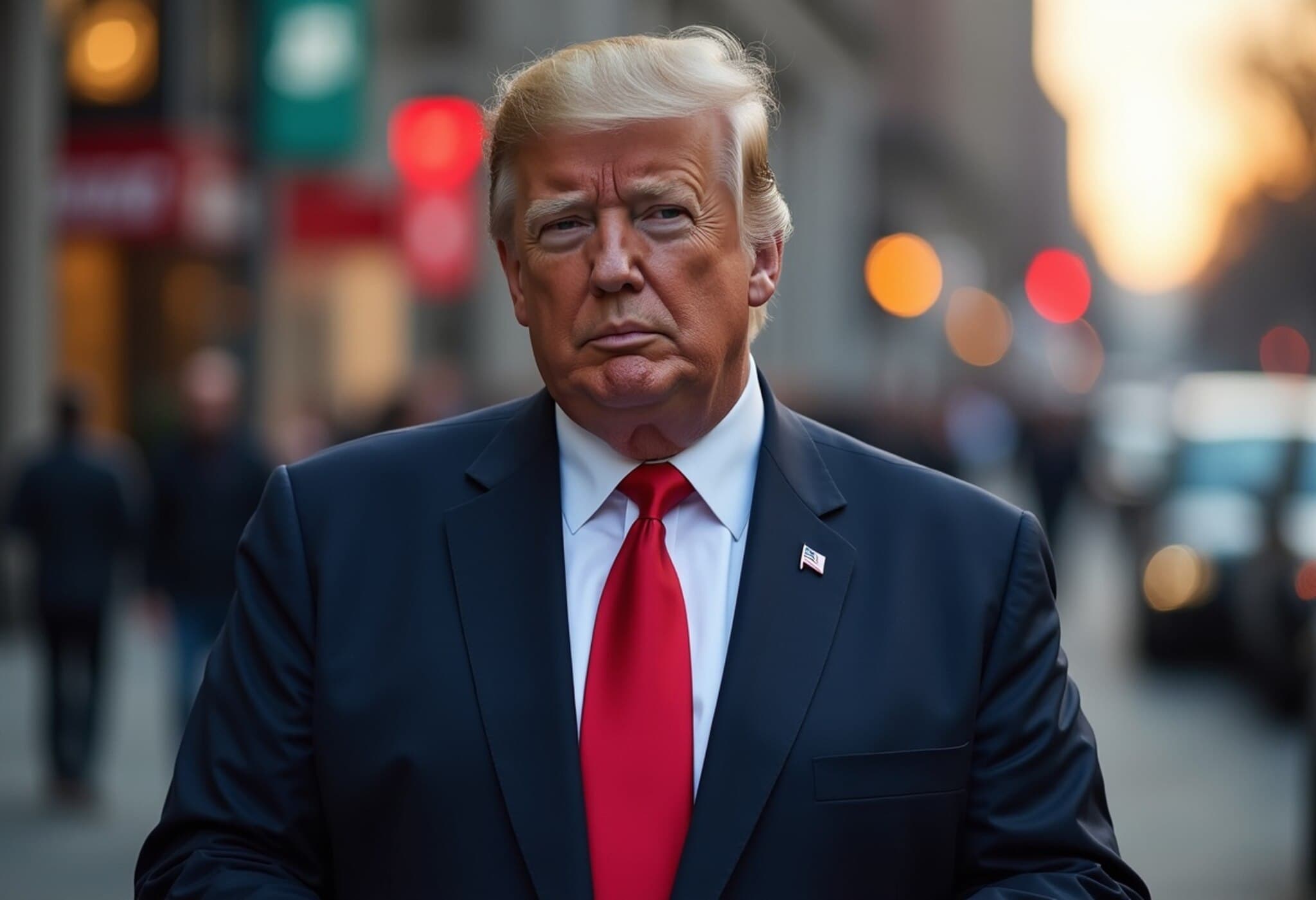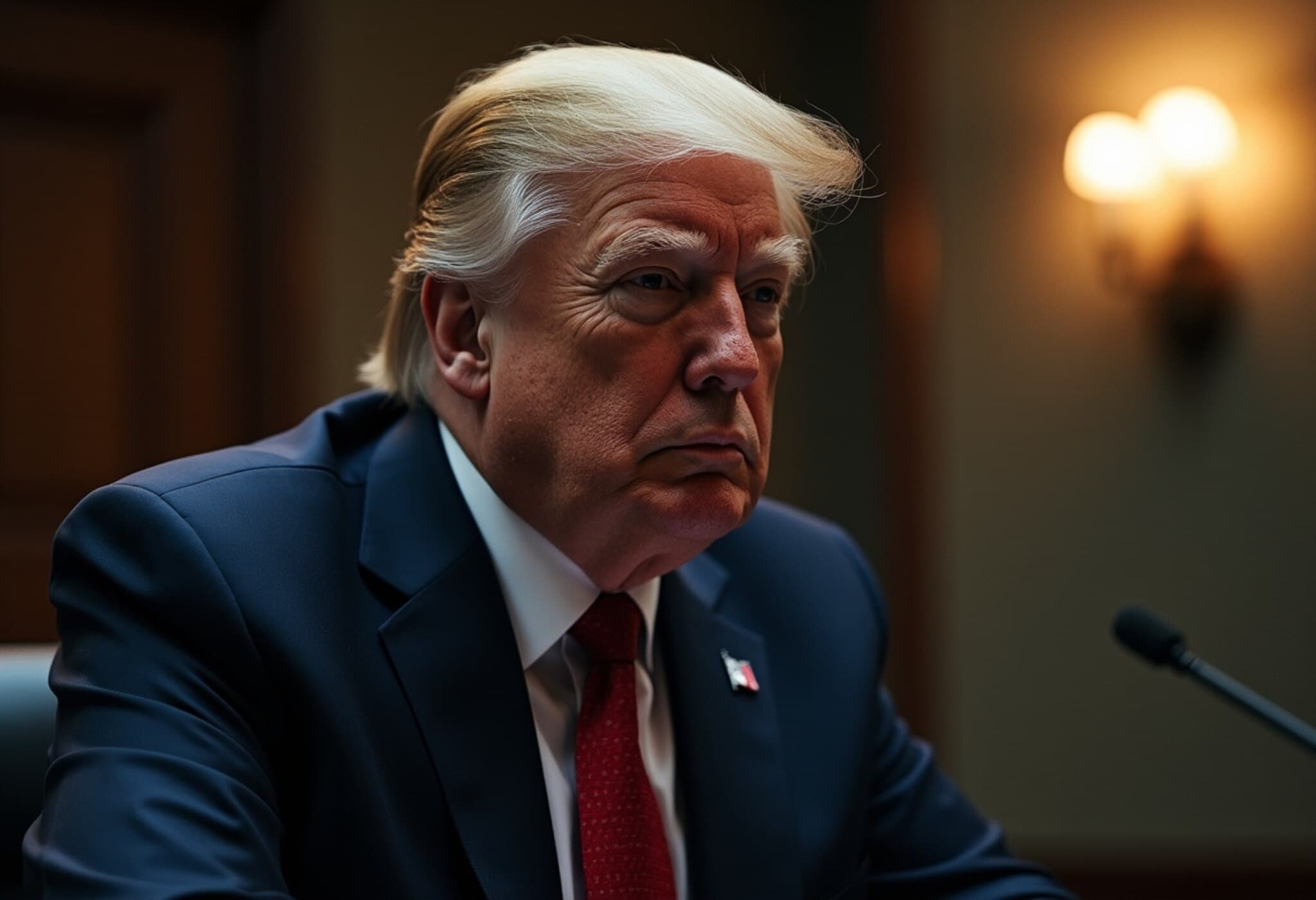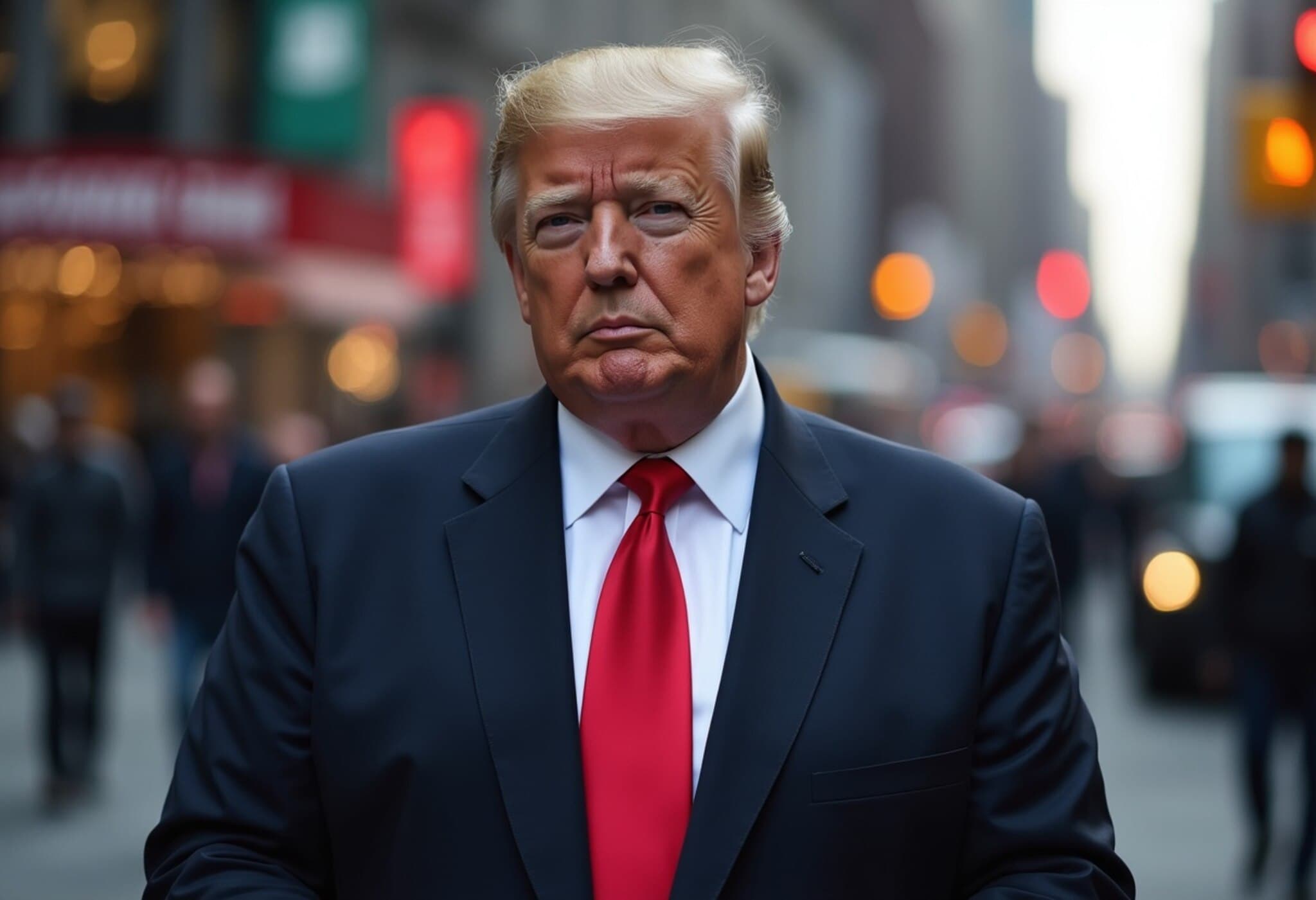Rising Tariffs Place Bangladesh's Vital Garment Industry Under Strain
Bangladesh’s garment sector, the backbone of its economy and a lifeline for millions, is facing unprecedented anxiety following the announcement of a 35% tariff on its apparel exports to the United States. This steep levy, imposed by former U.S. President Donald Trump and set to begin on August 1, 2025, threatens to disrupt one of the world’s largest ready-made garment (RMG) supply chains and alarmingly puts the livelihoods of approximately 4 million workers at risk.
The Economic Pillar at Risk
The garment industry isn’t just a significant export earner for Bangladesh, making up over 80% of its total exports; it also contributes around 10% to the country’s GDP. More importantly, it sustains millions of low-income families by providing employment predominantly for women workers.
In the industrial town of Ashulia near Dhaka, the palpable tension at factories echoes the uncertainty rippling through the sector. Raimoni Bala, a 32-year-old sewing machine operator, encapsulates the despair many face: “Every factory visit makes my heart heavy—I feel they might announce layoffs anytime.” Bala’s personal story—with her husband’s fragile health and her commitment to keep her children in school—humanizes the broader economic stress.
Competitive Tariff Dynamics and Broader Trade Impacts
While Bangladesh’s tariff rate was slightly reduced from 37% to 35%, it still more than doubles the previous average of about 15%. This contrasts sharply with Vietnam — another major apparel exporter — which faces a lower 20% tariff, giving it a potential competitive edge. India and Sri Lanka, also major U.S. suppliers, await their tariff announcements.
Industry analysts point out that such disparity could divert orders to competitors, exacerbating the potential for factory shutdowns in Bangladesh. Leading apparel buyers like Gap Inc and VF Corp have reportedly adopted a "wait-and-see" stance, stalling new orders and deepening the sector’s unease.
The Human Toll Behind the Numbers
Experts warn of grave consequences. Professor Selim Raihan from the University of Dhaka notes, “This tariff hike places a disproportionate burden on garment manufacturers and millions of workers, primarily women, heightening risks of job losses and increased poverty.”
Workers like Bala, who relied on government stimulus payments during factory closures in the pandemic and now face the specter of reduced income or unemployment, symbolize the precarious balance many families maintain.
Her commitment to her job is a beacon of hope: "As long as I have this job, my sons can dream. Without it, we don’t know what the future holds." Such personal narratives underscore the human cost behind trade policies often discussed only in numbers and percentages.
Negotiations and the Road Ahead
Amid rising tensions, Bangladesh officials indicate ongoing efforts to negotiate with the U.S. Trade Representative in hopes of reaching a workable trade agreement during the upcoming talks set for Wednesday. While negotiations might ease some tariff burdens, industry insiders convey urgency given the marketplace’s fast-evolving dynamics.
Expert Commentary and Policy Context
From an American economic and policy perspective, tariffs aim to protect domestic industries but can inadvertently destabilize supply chains vital to the U.S. fashion retail sector, potentially increasing prices for consumers. Bangladesh’s RMG sector, with its reliance on American markets, is especially vulnerable, highlighting the complex interplay between protectionism and globalization. Policymakers should weigh these consequences carefully to avoid unintended fallout on vulnerable populations abroad while addressing domestic economic goals.
Moreover, the Bangladesh case reveals the broader risk of over-reliance on a single export market. Diversification of trading partners and improvement in product value chains may help shield economies from such shocks in the future.
Key Takeaways
- 35% tariff on Bangladeshi garment exports to the U.S. begins August 2025.
- The garment sector employs 4 million workers, predominantly women.
- Lower tariffs for competitors like Vietnam could shift orders away from Bangladesh.
- Factory orders are shrinking as major buyers delay commitments amid uncertainty.
- Ongoing U.S.-Bangladesh trade negotiations may influence the tariff’s future impact.
Editor’s Note
As trade policies evolve, the cascading effects on global workers and economies remain a pressing human story beyond the statistics. Bangladesh’s garment industry crisis underscores the need for balanced trade strategies that protect domestic interests without jeopardizing millions of livelihoods overseas. For readers, it raises critical questions: How can international trade be structured to promote fairness and stability for all stakeholders? And what responsibilities do major consuming countries have towards workers in their supply chains?
The unfolding developments warrant close attention, reminding us that behind every tariff and trade decree lies a complex web of economic realities and human aspirations.


